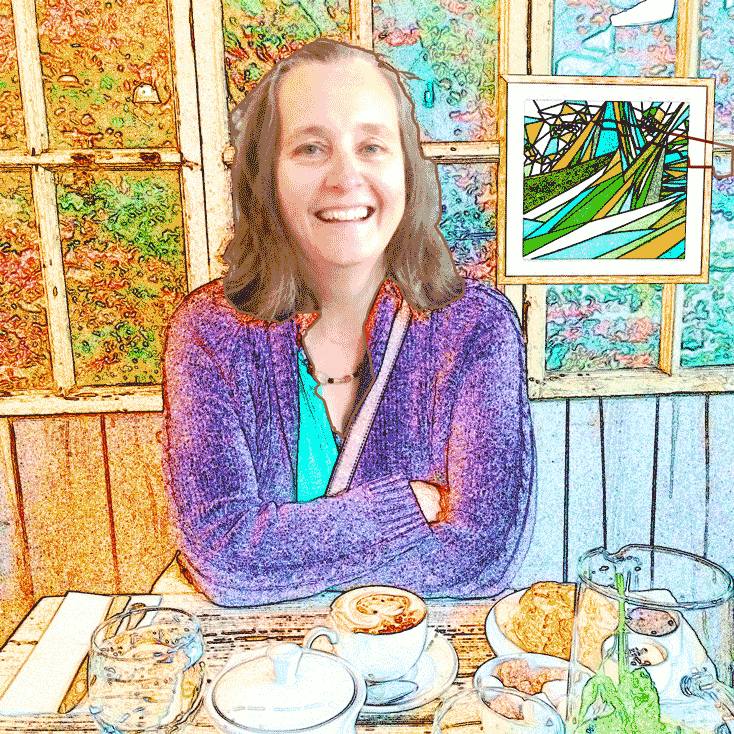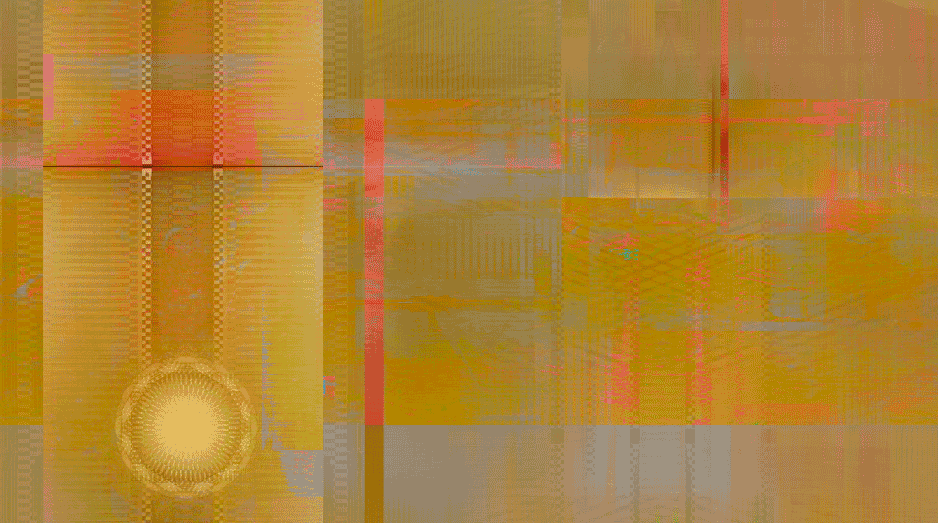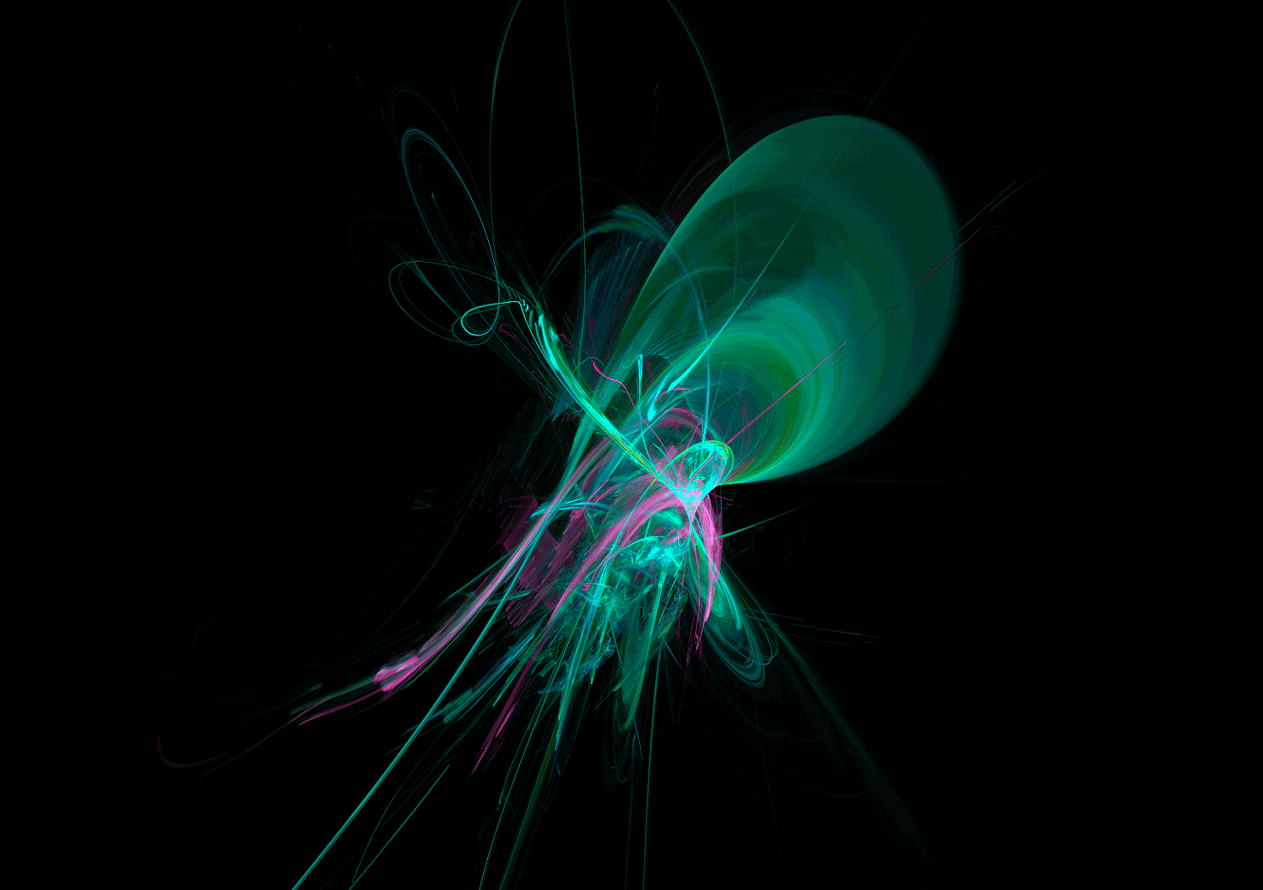Visual Music - An interview with Maura McDonnell
‘The one little element can do a lot - a tiny bit of sine wave can create a whole music scale and so a square can become complex,’ says Maura McDonnell, an Irish musical artist and researcher. In this interview she talks about the importance of process in creativity.
Over two decades Maura has been involved in visual music. She keeps her informal blog as a way to invite people in to the field, and to engage with a wide community of artists, interested people, curators and academics in an informal way, as well as her personal website. In this interview we discuss some of her working methods and media and the search for meaningfulness.
 Copyright: Maura Donnell
Copyright: Maura Donnell
Maura discussed the creative process. Engagement in the creative process requires diligence and the constant effort of developing your own method, your sense of aesthetics and your thinking. No matter what it is, the process of making it gives you inspiration that eventually something comes forward. The process is what matters.
Maura McDonnell is an Irish visual music artist, musician, educator and researcher who has been involved in visual music since 1997. Maura lectures on visual music topics for the M.Phil. in Music, Media Technologies at Trinity College Dublin. and her Ph.D. completed in 2019, examines the emergence of visual music in the 20th century from the perspective of a practicing artist in the field.
Maura is an active member of an international group of artists, composers, academics and researchers engaged in the field of visual music and related fields and has presented work and research at many festivals, symposiums, screenings and conferences.
„It is a matter of how you cut it, paste it, extend it in space and then you can create a lot and lot.“
 Copyright: Maura Donnell
Copyright: Maura Donnell
In her visual music art practice she creates visuals for new music and electronic music concerts, fixed media and installation productions. She also collaborates with music composers and musicians. The media she uses are visual effects and generative effects videos. She makes use of an abstract style in her work.
The meaningfulness that she seeks in her work is found by using visual means to explore the emotional, musical and visual sensory potential of music. She looks for an integration of visual art and music in the her works. Maura’s recent collaborations have been with Ensemble Parallax, directed by Peyman Farzinpour and with concert pianist Svetlana Rudenko. For these projects, Maura was invited to create fixed media abstract animated visuals in a close expression with music chosen by Payman and Svetlana and with conversations with both musicians, that was then projected with various music performances. They were interested in Maura’s visual music approach and she was interested in their visual ideas. Svetlana also provided some information on musical analysis and synaesthesia which maura also weaved into the visual part of the work.
 Copyright: Maura Donnell
Copyright: Maura Donnell
Her process seems to be about elaboration of a key idea through investigations of variations of the idea, the exploration of possible associations. She says: ‘There are endless permutations of subjective interpretations, therefore, it doesn’t matter how small we start, once we are committed to working with it, you can then bring out the quality or emotion out of that because of the work you put into it.’
Maura is interested in the knowledge embedded in practice. ‘Knowledge comes from people out on the ground doing the work, not always from the colleges“ says Maura. Maura sees that the balance between both practice and research is also important though: ´I do agree that colleges are doing well because they try to support people’s interests. They try to shape what people are doing when they commit to a course.’ Researchers can bring a theoretical insight to what practitioners are conducting.
Her inspirations and background:
Maura´s background is in music and mathematics and history in college she followed an arts degree. She completed an M. Phil. in music and media technology. Here, she encountered the science and engineering of music which differed from the approach she had taken in her learning about music through classical music. She describes this change of approach as being fascinated by being introduced to the science of the sine wave, what she call ´…. hidden knowledge she was not aware of – and that was kind of exciting to me“. She describes the way music can be described by harmonic mathematical structures and from there music can be seen in spatial terms. She links this also to her interest and practice in visual arts where space is one of the neccesary components for her: ´ ….maybe we could play around with the portions, things that are near you or far away…in different spaces - I am very interested in multiple spaces within the visual space. - so , just the inspiration of music.´´ Thus inspired she devised a visual music piece for her master´s project: a digital video with electroacoustic music made with technology. She says ´I tried to explore the mathematical concepts and harmony. -math and music, not into great detail but just understood it - and play around the structures and what I called these geometric shapes - harmony, visual and music. But i was not a very good composer. I could do basic intervals but I wanted it to be beautiful – visual harmony …mathematical beauty.
Maura finds a lot of relevance in the work of Morris Kline who wrote Mathematics in Western Culture. It considers the philosophy of maths. From this she learned about the physics of sound structures and their harmonic structures. Although the direction of this approach is outward, to universal laws she found that her inspiration is internal, inside her and her interpretation of the laws.
Maura has spent the last 20 years understanding visual music. ´I use math and tools, whatever you want or the knowledge you have–bring all that into the mix in visual music, universal principles underlying the beauty - some similarity: geometry, harmony …¨ She continues ´In photography there is a spectrum and there is distance, perspectives. so we don’t always meet the maths and human beings are able to work through these things in an aesthetic sense.` So , Maura is very interested in the aesthetic sense, and does not to ignore it. There is also the implicit and explicit knowledge in this work.“ As well as the knowledge of the tools, it is how you work with things - but to allow this for aesthetic ends…“ This echoes the thinking of Kandinsky who emphasises that the artist can decide the content.
Maura’s main research and development methods and tools in the field of Visual Music:
| Tools | Methods | Process Stage(s) |
|---|---|---|
| Sketchblock; paints | Communicate with musicians; Music analysis through repeated music listening; Sketches out visual ideas | Discover and Define |
| VFX technologies | Visualisation based on music analysis; Exploring different visual elements such as textures, forms and colours that express the musical imagery | Define and Design |
| VFX tools | Bring music and the visual elements into animation; Audiovisual scene rendering and interaction | Design and Develop |
